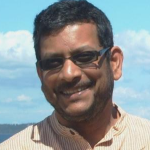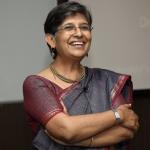Beyond Acquiescence and Surveillance: A Modular and Grounded Approach to Media Regulation

The increasingly complex and elusive media landscape has thrown fresh challenges to an unsettled ecosystem of media policy in India. Advanced communications technologies have fundamentally altered the ways in which information and meanings are delivered, organized and received. These new advancements call into question the efficacy of existing policy approaches to media, including the still-dominant conventional media.









